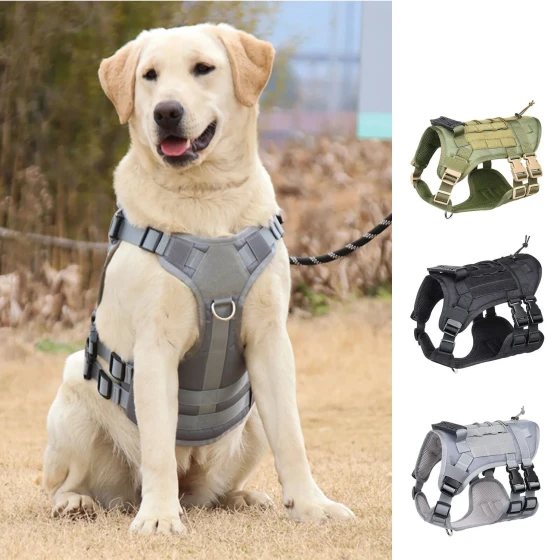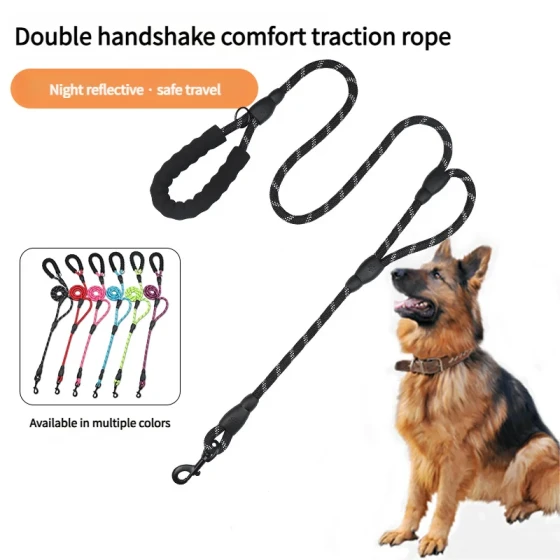Comprehensive Analysis of Dog Wearing Shoes Issue
Many owners feel that their dogs’ fur gets dirty easily when playing outside, and they have to clean their paws when returning home. Dogs walk on all four legs and their paws are covered with fur, so cleaning is especially troublesome. Therefore, putting little shoes on dogs has become the first choice for owners. Currently, there are many debates about dogs wearing shoes, so the editor will analyze the pros and cons of dogs wearing shoes for parents as a reference.
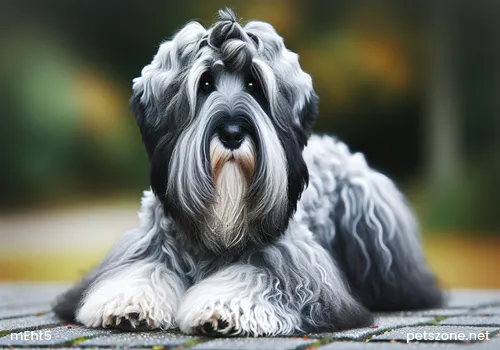
More and more owners choose to put shoes on their dogs when going out
1. Benefits of Putting Shoes on Dogs
1. Ensures paw cleanliness indoors
This one is obvious. Just like us wearing shoes outside and taking them off when entering the house, it can ensure that the dog’s paws don’t bring dirt from outside into the home.
2. No need to wash paws every day
Dogs that need paw washing after returning home are usually long-haired. After washing, the fur cannot dry completely right away, doing this every day easily leads to problems.
3. Dogs must wear shoes in snowy weather
If you live in snowy areas where rock salt is used as a deicer, we see the snow but not the rock salt inside. When dogs walk on it, the salt granules get stuck between their paws and cause soreness when they walk.
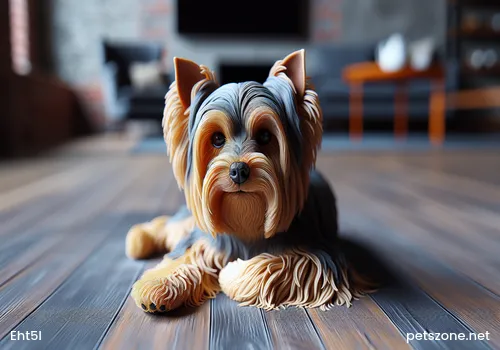
Dog shoes have pros and cons, owners need to consider carefully
2. Drawbacks of Putting Shoes on Dogs
1. Prolonged shoe wearing causes paw deformation
After dogs wear shoes, the friction of the shoe sole is much less than the paw touching the ground. This causes dogs to be prone to falling when jumping. To get a good grip, their paws have to stretch so widely that over time, the paws become deformed and look unpleasant.
2. Prolonged shoe wearing causes hip deformation
Dogs lose ankle functionality caused by wearing shoes, so they compensate by using their hips to maintain balance. Over time, hips expand and deform sideways.
3. Affects dog’s stretching and movement
Shoes restrict the natural movement of paws; dogs cannot freely stretch their toes inside the shoe; nails and paw pads cannot get the natural friction.
4. Dog shoes are stuffy and non-breathable
To ensure durability, dog shoes are generally made of leather or faux leather and are tightly wrapped on the paws to prevent slipping, making them very hot and not breathable inside.
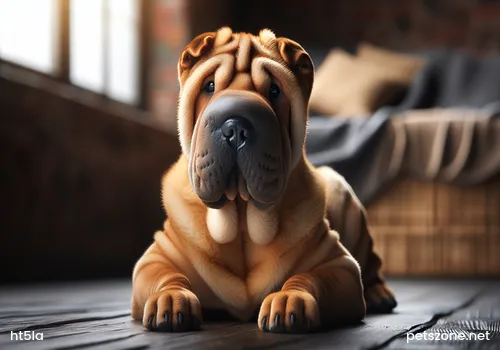
Increasing variety of dog shoe styles
3. DIY Loving Shoes for Dogs
STEP 1 Prepare materials: materials for making dog shoes include fabric, leather, and a fabric marker. Corduroy fabric is recommended. Leather is used for the sole, so thicker leather is better. There is little difference between genuine leather and faux leather.
STEP 2 Cut fabric: cut 4 ovals from both fabric and leather. Then cut 4 rectangles of fabric. The length and width of the ovals’ axes should be 2CM larger than the dog’s paw size. The width of the rectangle is the height of the shoe shaft, and the length is the shoe shaft circumference. It’s better to cut larger than smaller.
STEP 3 Sew the fabric: assemble and sew the fabric and leather according to the shape of the shoe. Everyone should know how to sew. Important note: sew the leather outside as the sole and fabric inside as the shoe lining. Do not reverse it!
STEP 4 Final product: finally turn the shoe inside out, the shoe shape will appear. Of course, sew the edges and attach laces. Beginners can first make a paper shoe to practice, and when skilled, use fabric.
4. Perfect Dog Shoe Transformation Using Children’s Shoes
1. Children’s shoe socks are for toddlers around two years old. Since the children’s shoe socks serve as both socks and shoes, they have good waterproof and anti-filth effects when walking on the ground. They are perfect for snowy weather!
2. According to dogs’ walking habits, the front legs swing when walking, so the front leg shoe socks are easily shaken off. Use two rubber bands based on the leg thickness to secure them without problem.
3. Although the leather soles of children’s shoe socks isolate water and dirt well, they can be slippery on snow. When pulling the dog’s leash, be gentle and avoid sudden force.
4. Buy 8 children’s shoe socks (4 pairs). Use 4 at a time and keep a replacement when washing. After walks, put the four small socks on the heater to dry and wash them every few days.
-560x560.webp)

